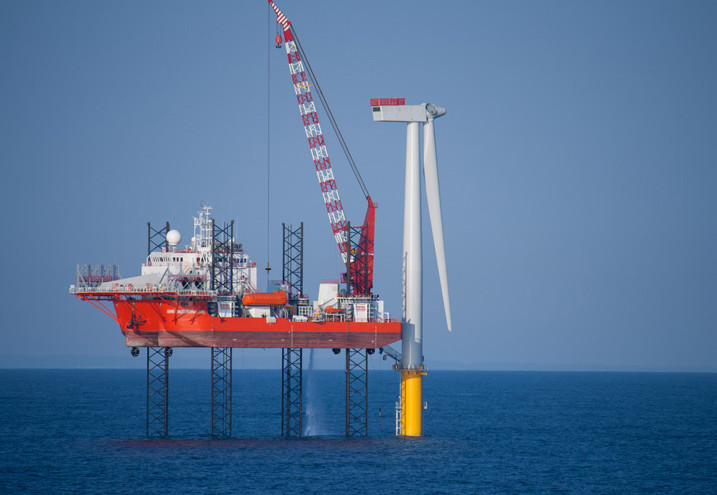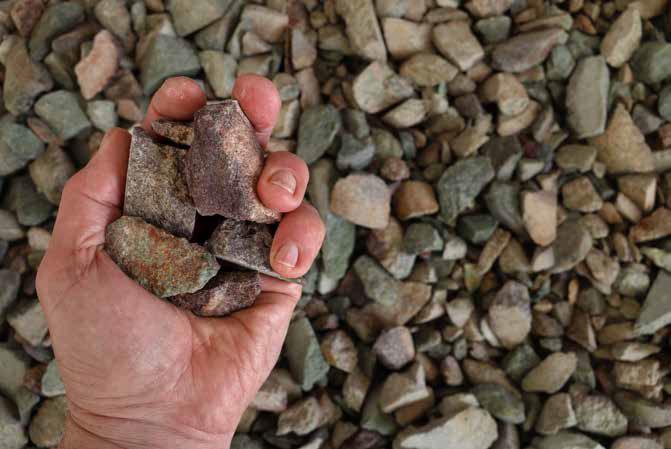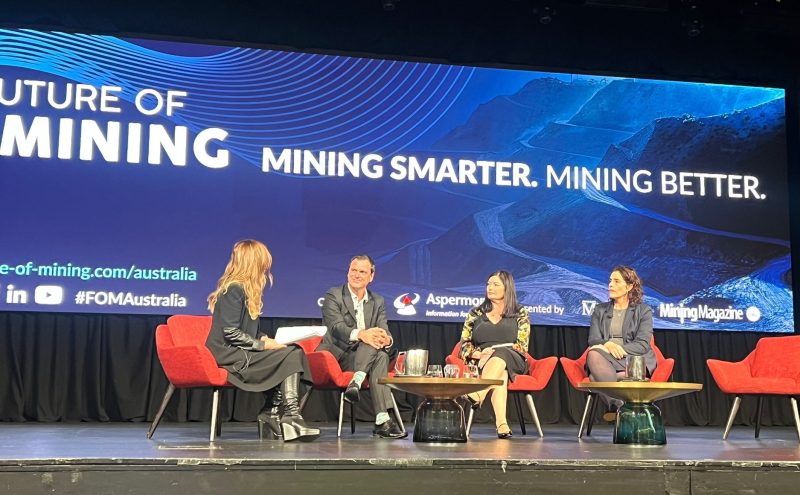The first relates to how mining will facilitate the transition to a zero-carbon future through providing the minerals and metals required for renewable energy generation including solar, wind, and battery storage, and the infrastructure required to transmit the power these projects produce.
The second involves mining companies challenging themselves to cut their own carbon emissions and, in so doing, transition from diesel, petrol and gas to renewable energy alternatives.
This energy change is happening at speed across operations using existing technologies, but the potential of new green energy alternatives including hydrogen and offshore wind power offer exciting future possibilities.
Consultants McKinsey summed up the global energy transition and the part to be played by the mining sector in an article earlier this year — The raw materials challenge: How the metals and mining sector will be at the core of enabling the energy transition.
“The transition to a net-zero economy will be metal-intensive,” it said. “As the move toward cleaner technologies progresses, the metals and mining sector will be put to the test: it will need to provide the vast quantities of raw materials required for the energy transition.
“Because metals and mining is a long lead-time, highly capital-intensive sector, price fly-ups and bottlenecks will be unavoidable as demand outstrips supply and price volatility creates uncertainty around the large up-front capital investments needed for production.
“Metals and mining companies will be expected to grow faster—and more cleanly—than ever before.”
And it is that reference to the need to grow “more cleanly” that is driving the second energy transition.
Other factors, of course, are at play: Environmental, Social, and Governance issues, Licence to Operate, shareholder and investor demands for action on carbon emissions, and the drive by miners to cut their all-in sustaining costs.
Take diesel as an example. A report by the Australian Renewable Energy Agency says the Australian mining sector consumes about five billion litres of diesel a year, so it’s clear why eliminating it from operations, or even reducing the amount used, makes sense financially and environmentally.
Mining companies including BHP, Rio Tinto, Fortescue, Gold Fields, and many more have embarked on their energy transitions.
While they are business competitors, BHP, Rio Tinto, and Vale are collaborating as the founding partners of the Charge on Innovation Challenge, a global initiative for technology innovators to develop concepts for large-scale haul truck electrification systems.
Mining patrons include Newcrest, Roy Hill, Barrick, Mineral Resources, Oz Minerals, Citic Pacific Mining, and Evolution Mining.
In other initiatives, Rio Tinto is turning to solar, battery storage and electrification of transport, Roy Hill is heavily involved in electrification of its ore trains, and BHP has embarked on a range of projects to increase renewable power sources and electrify its truck and locomotive fleets.
Gold Fields is using wind, solar and battery storage to reduce costs and emissions at its Agnew operations.
It was the first the first Australian mine to install wind turbines and operate Australia’s largest hybrid renewable energy microgrid.
And Fortescue Metals Group is pursuing what it says is a world-leading heavy industry decarbonisation strategy, aiming to eliminate fossil fuel use and achieve real zero terrestrial emissions (Scope 1 and 2) across its iron ore operations by 2030.
Through Fortescue Future Industries it is aggressively pursuing the development of a green hydrogen projects globally.
The State Government wants WA to be a leader in renewable hydrogen, pointing to the availability of world-class solar and wind resources.
Potential projects stretch from the far north, the Ord Hydrogen Feasibility Study, to the Asian Renewable Energy Hub in the Pilbara, Woodside’s H2Hub at Kwinana, the Hazer Group’s Commercial Demonstration Plant, and the Renewable Hydrogen Transport Hub in Mandurah.
Feeding into this green energy future is wind power, particularly offshore wind which, while well-established internationally, is in its infancy in Australia.
With the previous Federal government setting the policy framework for an offshore electricity sector and the current Government committed to accelerating its development, the stage is set for offshore wind power to become a feature of electricity supply to residential and industrial customers.
In WA, the largest windfarms are those proposed by Copenhagen Energy, with its Leeuwin Offshore Wind Farm, between Mandurah and Bunbury, the most advanced in terms of stakeholder engagement.
While the Federal Government is yet to declare a region in WA for possible development of offshore electricity infrastructure, it has nominated a Perth/Bunbury zone to be examined.
Access to the distribution network of the South West Interconnected System makes the area a logical choice for the first offshore wind farm development.
All of which leaves Western Australian as a State, and its major industrial users, both driving an energy transition and ready to embrace it in their own operations.






